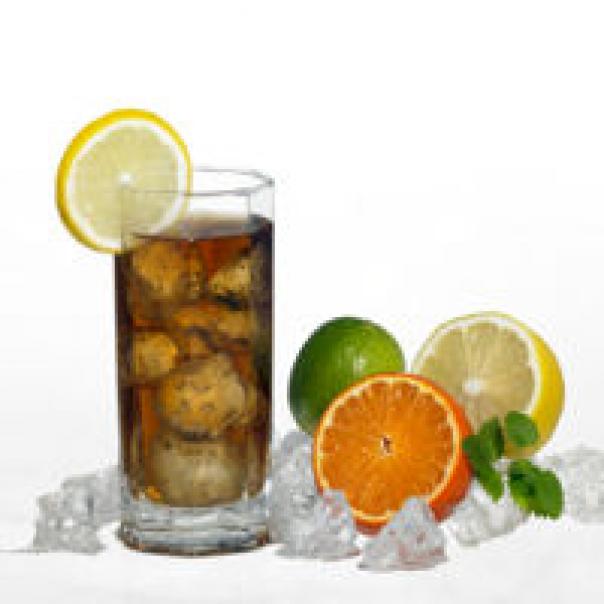Children reduced fizzy drink intake by over a third, PHE finds

Looking at 2,300 households across Great Britain, the rolling survey compared data from 2008-2010 to 2014-16, showing:
- Children aged 4-10 have reduced their overall sugar consumption by 6%, equivalent to 3.5 teaspoons
- The same group also reduced fizzy drink consumption by 36% - more than half claiming to “never” drink them
- Since 2008, “younger children” have reduced their overall calorie consumption by 9%
- 11-18 year olds reduced their fizzy drink consumption by 30%, while the “biggest consumers” – still drinking two and a half cans a day – dropped by 14%
- 2.5% of teenagers consume 3,080 calories a day – up 112 calories from 2008
- “Rich children are getting slimmer, while the poor continue to get fatter” said The Times
- As for adults – “still” eating more fat than recommended - less than a third have five portions of fruit and veg a day and are consuming too little fibre
- ‘Babyboomers’ now eat 10% more sugar than they were 10 years ago
According to The Times, the news reflects the fact that “messages promoting healthy eating are finally taking effect” as the PHE reports a third of adults and a third of children are still overweight.
With the sugar drinks levy coming into play in the UK on 6 April, Tam Fry, chairman of the National Obesity Forum, told the publication: “Sugar consumption is going down because the majority of manufacturers have been stripping it out of their products to avoid paying the levies, and health messages are beginning to get through.”
Alison Tedstone, chief nutritionist at PHE, added: “Poor diets are all too common in this country and along with obesity, are now one of the leading causes of disease such as cancer, heart disease and type 2 diabetes.”
